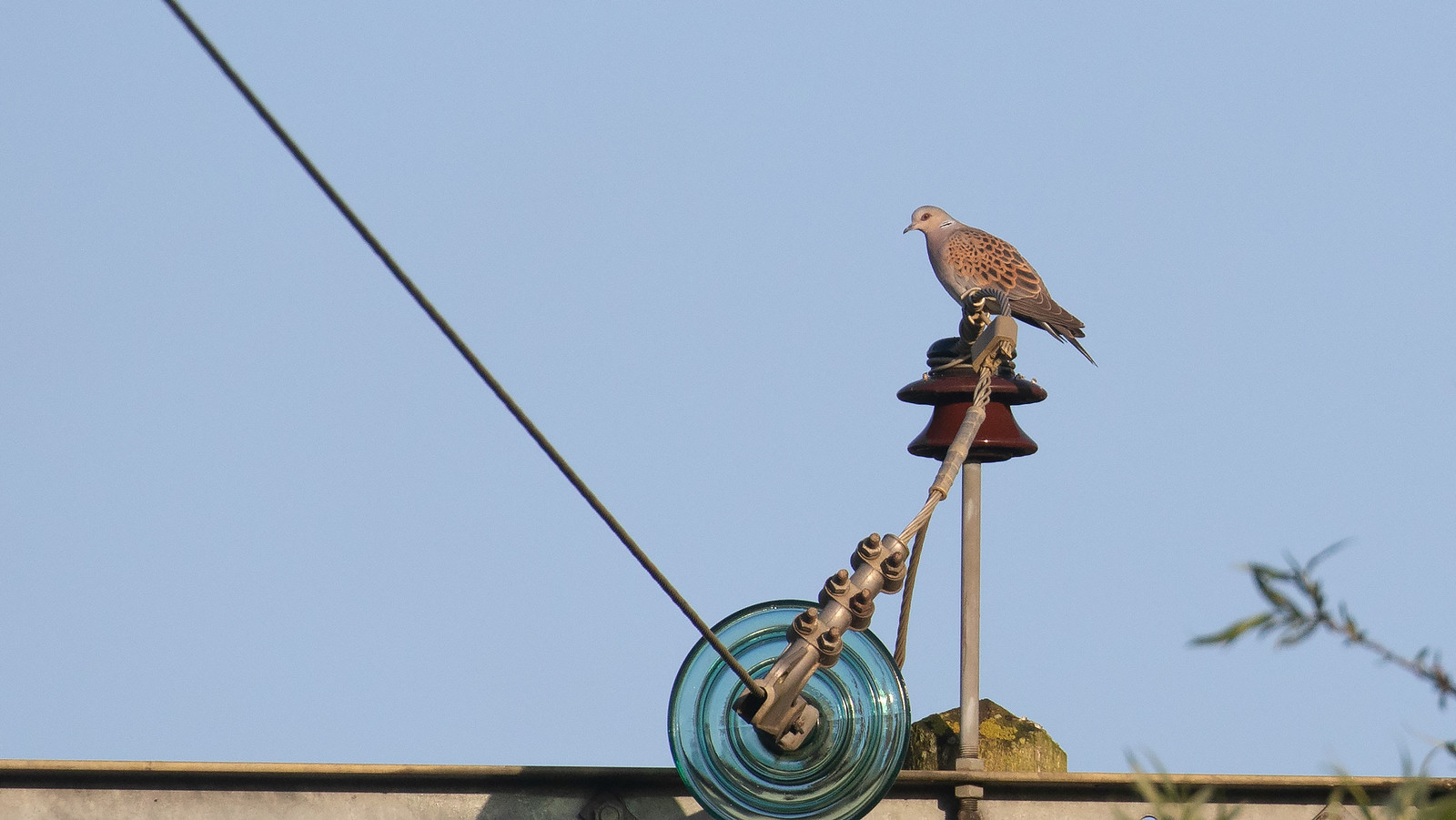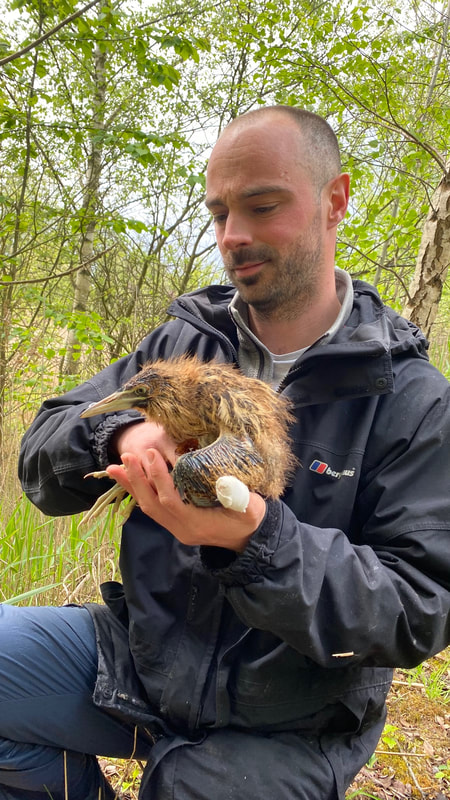|
Well, that was a tough May. The cold conditions dominated right up until the final days of the month, and there was so much rain!
Despite the difficulties, there were a few obvious silver linings which helped my local year list reach 187 by the end of the month. Given that the Peterborough area was something of a forcefield for deterring quality birds throughout the month, and with neighbouring counties scoring multiple Temminck's Stints, Red-necked Phalaropes, Golden Orioles and the like, this is a pleasingly high total – largely thanks to the brilliant spell we had back during the cold weather in February. The only issue is that there aren't any easy species left now, and the lack of bonus birds in May might be telling in the quest for the elusive 200 mark (a feat never achieved in the area). One of just three additions to my local year list during the period from 11-31 May was European Turtle Dove. This ever-scarcer species is just about clinging on in the Peterborough area, largely due to a resilient (yet still perilously small) population clinging on in the Etton-Maxey area, thanks to habitat creation and supplementary feeding (shout out to Langdyke Trust for their role in this). This is presumably the source of other, satellite territories in the Deepings area: I had three singing males at two sites away from Etton-Maxey in the month. At one of these, which has particularly nice TD habitat, I started supplementary feeding as soon as I clocked the birds were back. Hopefully it helps them out.
Spotted Flycatcher is another bird that has declined dramatically – especially in the east of England. It was never particularly numerous in the Peterborough area, at least in my time birding, but it too seems to be largely gone from here, with many of the sites that had birds when I started out 20 years ago now flycatcher-less. It was good to see a pair back at Southey Wood on 20th, after Paul Bolton had picked them up there the previous day – this site now appears the only regular publicised spot for them in our area.
The third addition was another 'Spotted' bird, this time a crake. This species is an annual summer visitor to the Peterborough area, although some years are better than others for them. As far as I know, this singing bird is the only individual heard in the area so far this spring.
While some of the aforementioned species become ever trickier to find locally, one species that is doing well is Bittern. Six nests were found local to me this year, with birds booming at several sites and the likelihood being that there are even more breeding pairs than these figures suggest. Despite the weather, with so much cold and rain, all six nests did well and fledged young. It's a bird really on the up and further habitat creation through the regeneration of former gravel pits will no doubt continue to see it do well. I was thrilled to be involved in monitoring of these birds and was able to assist in ringing one nest (under licence). Amazing things!
Meanwhile, I have been doing survey work on a site in North Wales on a monthly basis. Despite the continuing cold and wet weather, it was nice to enjoy Pied Flycatchers, Common Redstarts and the like on territory. Hearing these species singing – and indeed seeing them in their spring finery – is an experience that passes me by in most years, so it's been a welcome treat to get reacquainted with them. They were upstaged by Wood Warbler in the Clwydian Range not far from my dad's, which was a nice surprise, showing brilliantly and singing at eye level in an area of regenerating birch forest.
0 Comments
Leave a Reply. |
This pageThe musings of a wildlife enthusiast, usually armed with his camera. Archives
September 2023
|


 RSS Feed
RSS Feed